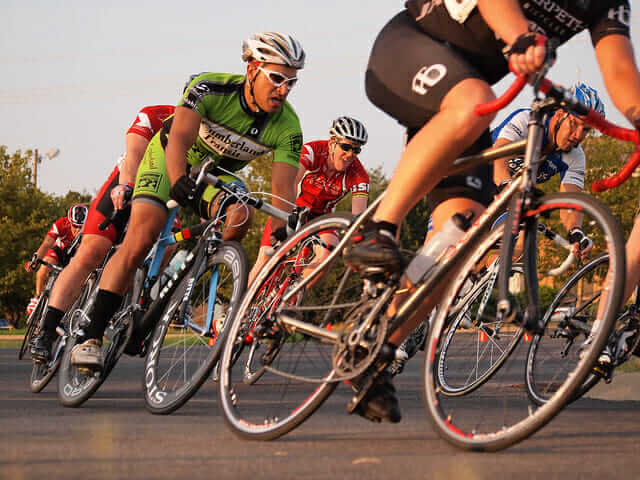Not only is cycling a great way to get outside, but it also provides excellent exercise. Cycling is very popular in Australia, and more people here now use bikes rather than cars. However, as enjoyable as cycling can be, it can also result in injuries to various parts of the body:
- Back and neck pain
- Sore buttocks
- Bursitis of the hip
- Muscle strains in calf or thigh
- Carpal tunnel syndrome
- Loss of feeling in the fingers
- Tendonitis of the knee
All of the above conditions cause pain and once you start experiencing one or more of them, you may start to avoid cycling altogether. Fortunately, it’s not difficult to avoid the pitfalls and continue cycling.
Getting into Shape
As with any other sport, your chances of enjoying a pain-free cycling experience will depend not only on the quality of your equipment, but also on how ready your body is for the activity. Many people think that all they have to do is just sit on a bike and start pedaling away, especially if they are counting on cycling to get fit and/or lose weight in the first place.
To lessen the chances that cycling won’t resemble a torture session, use exercises to prepare your muscles and joints for the road. And while you may think of cycling as only being an exercise for the legs, nearly every part of your body will be involved.
- Your body core provides strength not only for pedaling, but also for maintaining the correct posture. Body weight exercises are especially good at building core strength.
- Tight muscles in the thighs and calves can cause pain after cycling. Squats help to loosen and strengthen these muscles, and this will also lessen fatigue.
- Windmills are great exercises for the lower back and shoulders. Doing a set of these at least several times a week keeps the muscles in the lower back stronger and less likely to be injured, whether you bike competitively or simply enjoy biking for long periods of time.
- Pushups are one of the best exercises going and can help get you in shape fast and safely. There are a number of pushup variations, and some of them target specific areas of the body. Women and men who are seriously out of shape will probably want to start with ‘girl pushups’, where the knees make contact with the floor.
Those who are already suffering from wrist problems or who want to prevent them in the first place should probably wear wristlets while cycling; the extra support and warmth supplied by the wristlet will often help to prevent trouble from beginning.
What to Do When Something Hurts
If you find yourself limping or aching after a long bicycle ride, you should take steps immediately to remedy it. Always keep in mind the acronym PRICE, which stands for protection, rest, ice, compression, and elevation. Sprains and strains as well as tired muscles really will benefit from a cessation of activities, and will heal more quickly.
For more professional care of cycling injuries and pain, consider using a massage therapist. A Swedish or sports massage can help to weed out the problems and speed healing so you can get back in the saddle as quickly as possible. Studies have shown, too, that regularly scheduled massages can not only help to prevent future injuries, but also can increase your performance by as much as 20%.
Whether you just enjoy getting out over the weekend for a ride or have an important race coming up, consider using massage to keep you in top condition and improve your performance.
